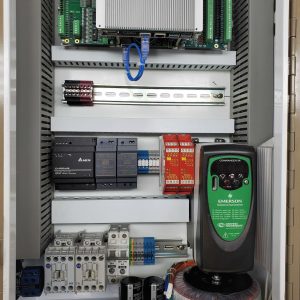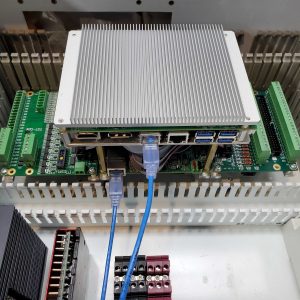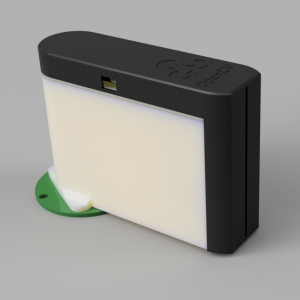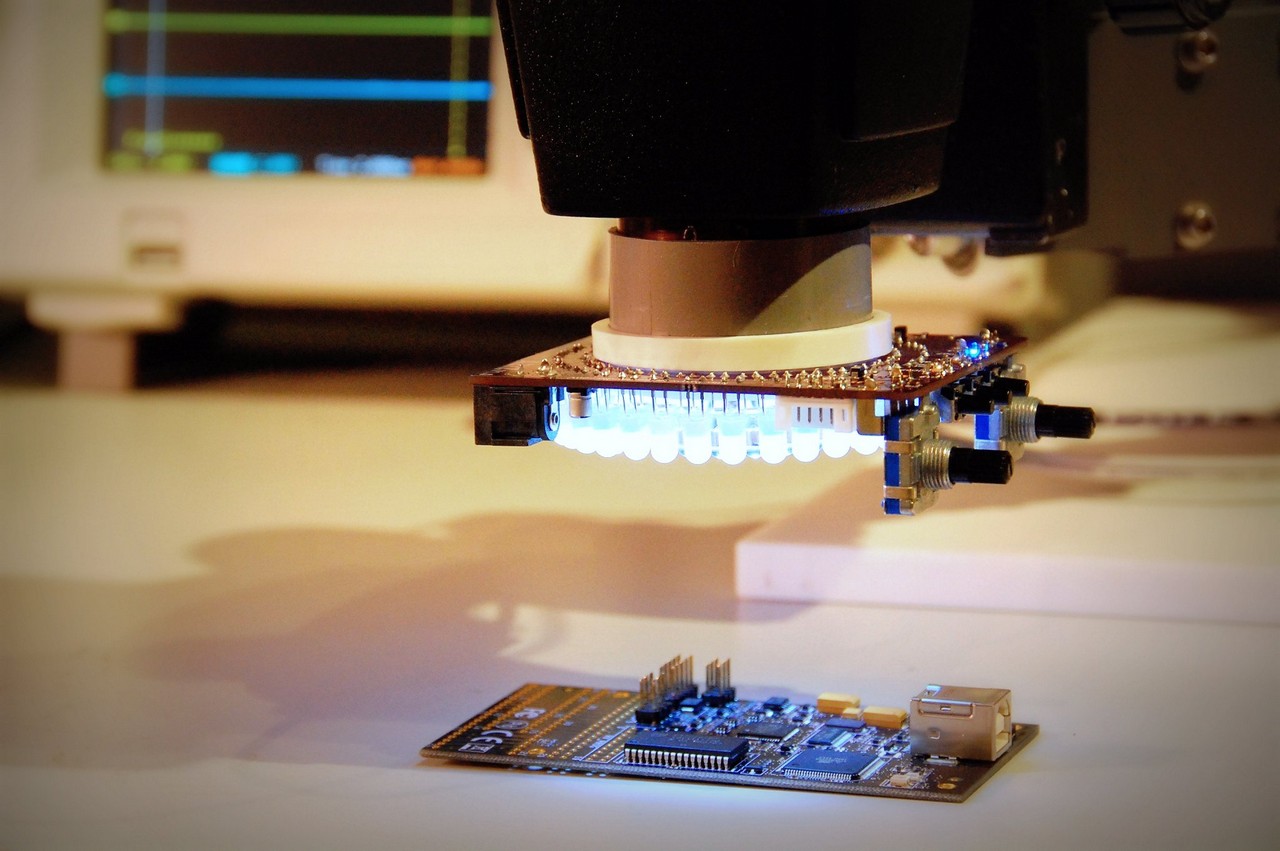 Back in the summer of 2007, I constructed a kit of the SOHA (Stoopid Op-amp Headphone Amplifier), based on the PCB from Glass Jar Audio. The amp has acted as my workhorse for my office headphone setup since then, and I’ve been quite pleased with it, despite a minor complaint or two.
Back in the summer of 2007, I constructed a kit of the SOHA (Stoopid Op-amp Headphone Amplifier), based on the PCB from Glass Jar Audio. The amp has acted as my workhorse for my office headphone setup since then, and I’ve been quite pleased with it, despite a minor complaint or two.
I’m not sure the full kit is available anymore, but it’s a fairly simple design and tracking down the parts yourself shouldn’t be a big deal. The kit as I bought it included everything right up to the enclosure.
The included enclosure was just an empty case, and required the usual work to fit it up and make it suitable for the application. Most challenging was coming up with a reasonable way to deal with the tube sticking out of the top of the enclosure, since the case is too short to contain it.
My solution was to construct a guard out of a scrap of clear polycarbonate and a random collection of standoffs and socket cap screw hardware. The end result is definitely a little strange, and maybe a little arty.
I chose to locate the inputs on the front of the unit, keeping the rear of the unit clear for the IEC AC power input and the power switch. This should result in better audio performance, as there is less chance for induced noise from the AC line. I used a pair of RCA inputs for left and right audio.
The big volume knob is one I pulled out of my electronics junk box, and mates nicely with the big Alps pot, giving silky smooth volume control.
 The glowing you see from the tube is not, in fact, natural. The original kit had provisions for adding LEDs to make the tube light up. In true head-scratching fashion, they included blue LEDs for this purpose in the kit. I thought that was pretty stupid, so I dug around a bit and found some nice high-brightness orange LEDs that really look about right for tube glow and used those instead. Amusingly, the tube that is used in the design barely glows on its own – you can just make out two faint glowing points without the extra “help” from the LEDs.
The glowing you see from the tube is not, in fact, natural. The original kit had provisions for adding LEDs to make the tube light up. In true head-scratching fashion, they included blue LEDs for this purpose in the kit. I thought that was pretty stupid, so I dug around a bit and found some nice high-brightness orange LEDs that really look about right for tube glow and used those instead. Amusingly, the tube that is used in the design barely glows on its own – you can just make out two faint glowing points without the extra “help” from the LEDs.
The amp sounds nice. It’s not the most accurate amp in the world, but it’s pleasant to listen to for hours on end, generally paired with my Sennheiser HD-580s. Two negatives: I’ve found is that the tube is highly microphonic, and if I tap the enclosure I can hear it very clearly in the headphones. Also, it is not safe to power cycle the amp on with a pair of headphones connected due to a particularly ugly DC transient that occurs during startup/shutdown of the circuit. I have the PCB for an AMB ε12 muting/protection circuit that I’ll eventually build and install to solve that problem.



